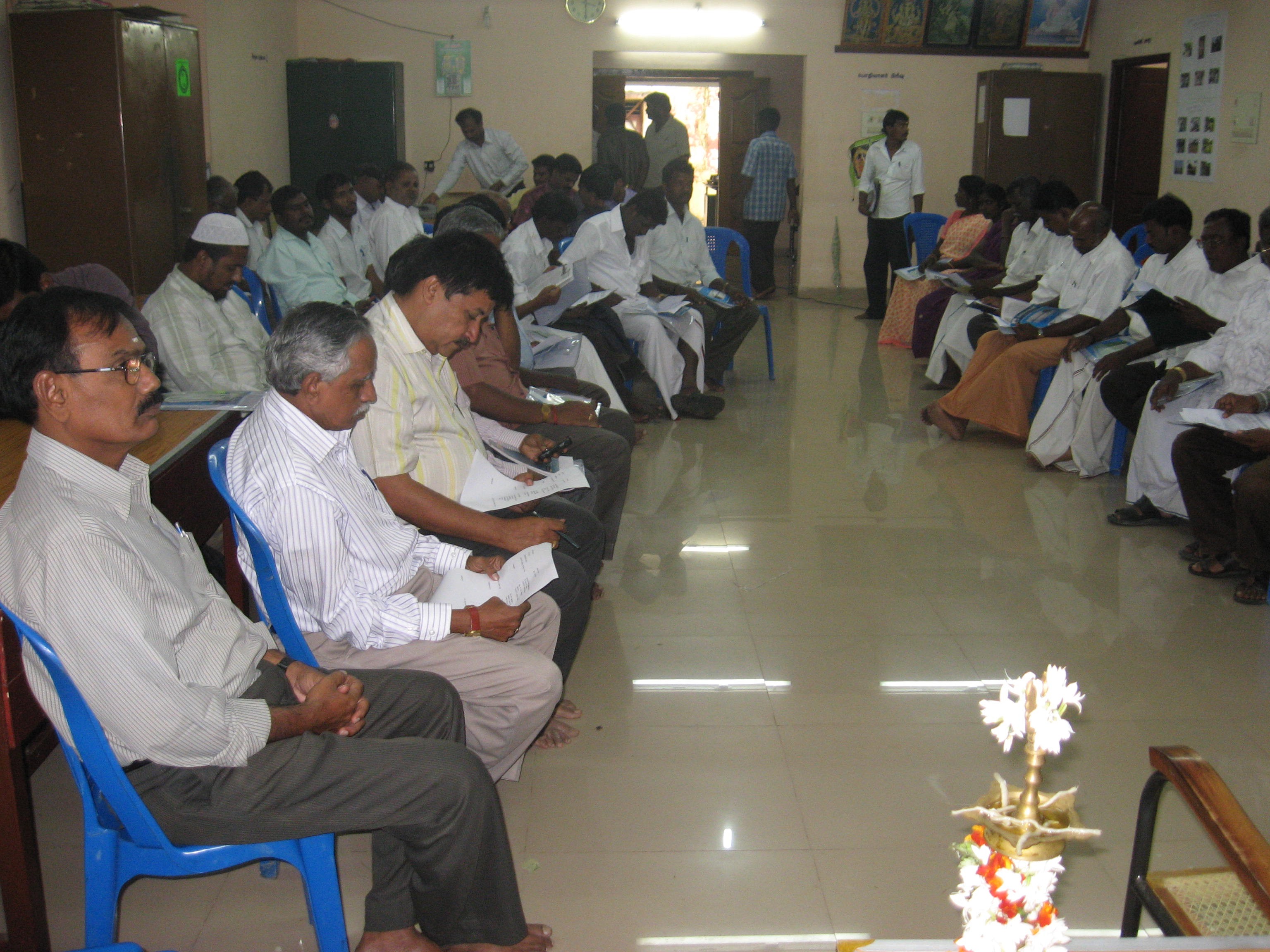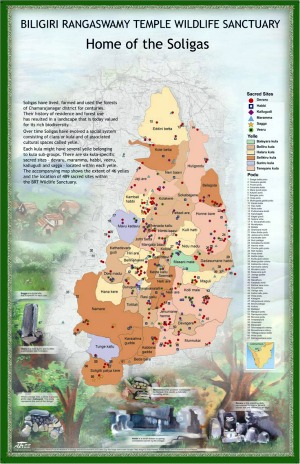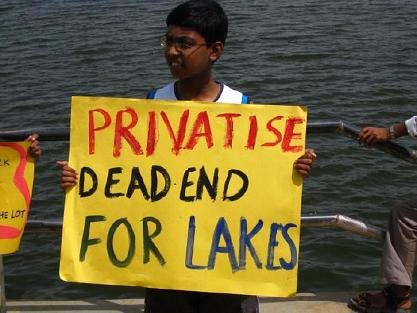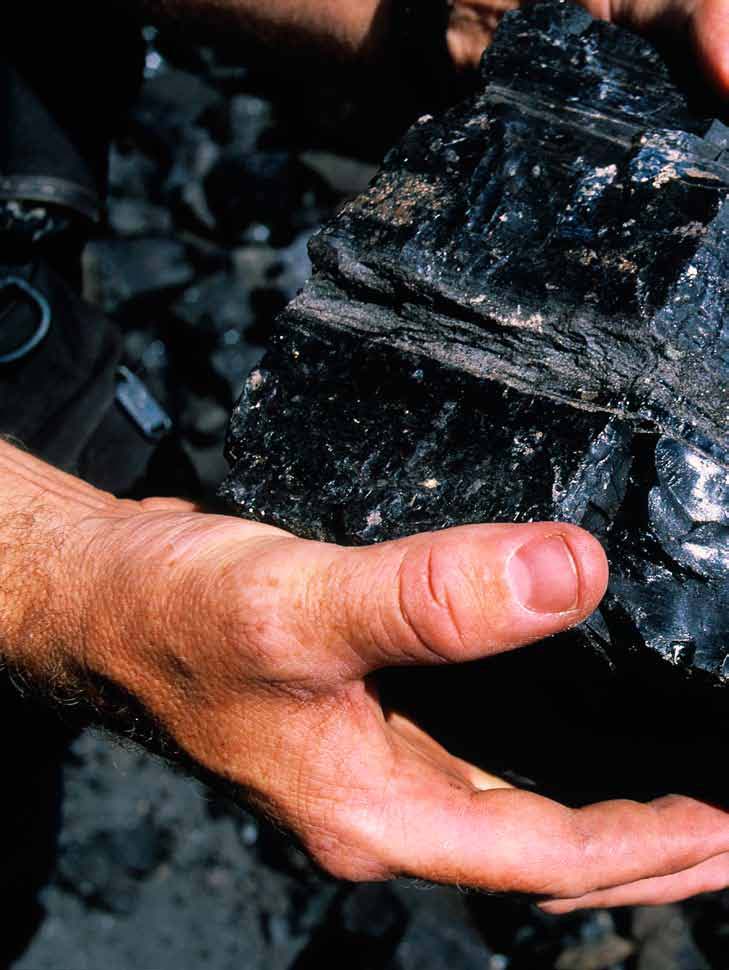Sustainability
Initiation workshop in November 2011 - Study on exploring strategies for increasing per capita availability of water in Gingee town (Tamil Nadu) - DHAN Foundation
Posted on 01 Dec, 2011 11:56 AMThis workshop organised by the DHAN Foundation in the Gingee Town Panchayat (GTP) in Tamil Nadu on the 18th of November 2011, aimed at initiating a scientific study titled “Strategy for increasing per capita availability of water for Gingee town, Tamilnadu". Elected representatives of the town panchayat along with the general public and government officials participated in this workshop.

Trouble in Tigerland: Why conservation efforts continue to fail
Posted on 30 Nov, 2011 11:53 AMGuest Post: Nitin Rai, Ashoka Trust for Research in Ecology and the Environment (ATREE)
Drawing upon his experience working with the Soligas who live within the Biligiri Rangaswamy Temple Wildlife Sanctuary, Nitin Rai talks about the ‘wilderness’ myth and explores the origins and impacts of the belief that people and animals cannot co-exist.

Harvest of rain - A CSE film
Posted on 28 Nov, 2011 04:13 PMThe camera wanders through the states of Uttar Pradesh, Rajasthan, Tamil Nadu and Maharashtra and records the profound traditional science of the people. “Harvest of Rain” analyses a wide variety of water harvesting systems as a function of differing ecological terrains
Bringing life back to Chilika lagoon in India
Posted on 28 Nov, 2011 10:34 AMContent and Media Courtesy: International Union for Conservation of Nature
This 116,500 hectare brackish lagoon separated from the Bay of Bengal by a long sandy ridge was added to the Ramsar List of Wetlands of International Importance in 1981.This was because the lagoon was facing serious degradation due to siltation and choking of the seawater inlet channel, resulting in the proliferation of invasive freshwater species, the decrease in fish productivity, and an overall loss of biodiversity [1].
Karnataka High Court Committee strongly discourages commercial involvement in lake management and rejuvenation
Posted on 23 Nov, 2011 03:57 PMContent and photo courtesy: Environment Support Group
On the contentious policy relating to privatization of lakes, the Justice N K Patil Committee appointed by the Karnataka High Court has recommended that private sector participation solely based on commercial interest is not desirable.

In a significant development, the Committee appointed under the Chairmanship of Justice Mr. N. K. Patil, Judge of the Karnataka High Court and Chairman High Court Legal Services Committee, in response to the Public Interest Litigation by Environment Support Group challenging the privatisation of management and rehabilitation of lakes in Bangalore (WP 817/2008), has strongly recommended that ““private sector participation solely based on consequential commercial interest” is not a desirable model” (Emphasis in original).
Status of water treatment plants in India - A report on their operational status by the Central Pollution Control Board
Posted on 23 Nov, 2011 11:47 AMThis document by the Central Pollution and Control Board (CPCB) describes the findings of a study that evaluated water treatment plants located across the country, for prevailing raw water quality, water treatment technologies, operational practices, chemical consumptio
Politicians for reform - Proceedings of the State Water Ministers’ workshop on rural water supply policy reforms in India - Cochin (Kerala) - (1999)
Posted on 22 Nov, 2011 10:01 AMThe workshop was hosted by Government of Kerala and the Water and Sanitation Program, South Asia with the Government of India, The World Bank Institute and the World Bank was held at Cochin, Kerala from December 7th to December 8th, 1999.
Mining India: Sustainably for growth – A report by Ernst & Young and ASSOCHAM
Posted on 20 Nov, 2011 09:36 AM It deals with issues around capital raising, policy framework, efficiency and sustainability and provides a way forward for strategic acceleration of the benefits.
It deals with issues around capital raising, policy framework, efficiency and sustainability and provides a way forward for strategic acceleration of the benefits.
A river runs through us: An award-winning film on the threats faced by our rivers
Posted on 18 Nov, 2011 03:32 PMArticle and media courtesy: International Rivers
Water quality hot-spots in rivers of India – A report by Central Water Commission
Posted on 08 Nov, 2011 01:03 PM It evolves a methodology for identifying hot spots in Indian rivers. The water quality data is based on the average values observed during the last ten years (2001-2011) at 371 monitoring stations of CWC on almost all major, medium and minor rivers in India. In respect of Dissolved Oxygen and Biochemical Oxygen Demand, the Central Pollution Control Board's classification has been considered for evaluating the hot spot in the rivers.
It evolves a methodology for identifying hot spots in Indian rivers. The water quality data is based on the average values observed during the last ten years (2001-2011) at 371 monitoring stations of CWC on almost all major, medium and minor rivers in India. In respect of Dissolved Oxygen and Biochemical Oxygen Demand, the Central Pollution Control Board's classification has been considered for evaluating the hot spot in the rivers.
The physical and chemical quality of river water is important in deciding its suitability for drinking purposes. As such the suitability of river water for potable uses with regard to its chemical quality has to be deciphered and defined on the basis of the some vital characteristics of the water. Bureau of Indian Standards (BIS) vide its document IS: 10500:1991, edition 2.2 (2003‐09) has recommended the quality standards for drinking water and these have been used for finding the suitability of river water. On this basis of classification, the natural river water of India has been categorized as desirable, permissible and unfit for human consumption.





